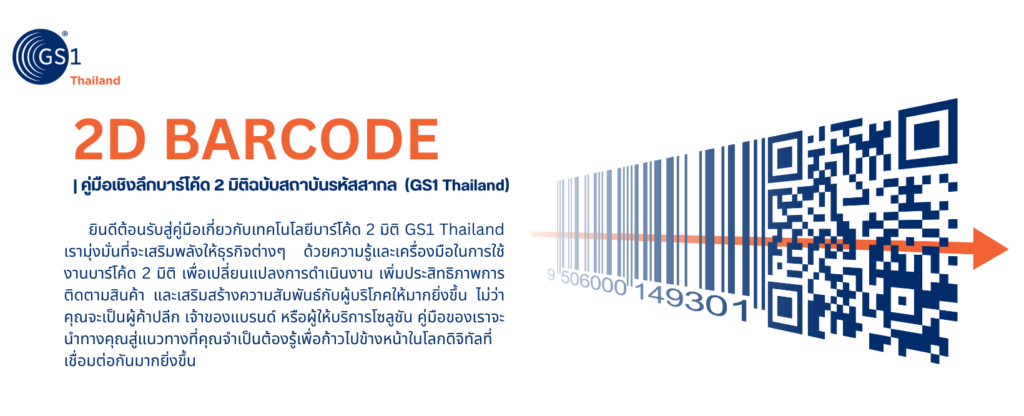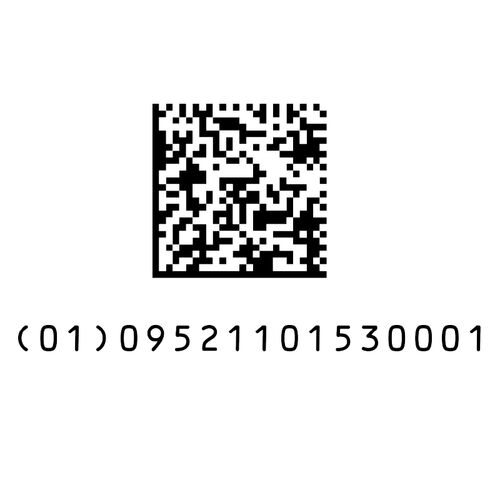
A 2D Barcode, or two-dimensional barcode, is a type of symbol that can store data both horizontally and vertically, unlike a 1D barcode that only stores data in a linear format. This allows 2D Barcodes to hold more information in the same amount of space. Common examples of 2D Barcodes are QR Codes and Data Matrix Codes.
2D Barcodes are designed to support a wide range of applications, from product identification in retail stores to tracking products in the healthcare industry. The data stored in a 2D Barcode can include important information such as Product Numbers (GTIN), expiration dates, batch numbers, and serial numbers, allowing for efficient product tracking and management.
A Digital Link is an enhancement of the 2D Barcode’s capabilities by connecting products to the digital world through the GS1 Digital Link. Consumers and businesses can scan a 2D Barcode to access various types of digital information, such as product details, promotions, or product tracking data. This creates a new standard for presenting information and delivering a more transparent and efficient consumer experience.
For businesses, Digital Link presents a new opportunity to increase consumer engagement and improve supply chain management efficiency.

GS1 offers various types of 2D Barcodes, with the most commonly used being QR Code and Data Matrix Code. These barcodes are designed to store important information in a small space, such as product numbers (GTIN), expiration dates, batch numbers, and more. The choice of 2D Barcode type depends on the specific application, whether it’s for product identification, tracking, or consumer engagement.
A 1D Barcode is a linear barcode that can store a limited amount of data, typically in a horizontal format. In contrast, a 2D Barcode can store much more data both horizontally and vertically, making it suitable for applications requiring high levels of detail. This includes use cases such as product tracking in industries like healthcare and retail, where more detailed information like expiration dates, batch numbers, and serial numbers are needed.
GS1 has established global standards for 2D Barcodes to ensure that systems and industries can work together seamlessly. These standards cover aspects such as the structure, data encoding, and usage guidelines to ensure that 2D Barcodes can be read and interpreted across all systems. Adhering to GS1 standards is essential for effective integration into the global supply chain, ensuring smooth and efficient operations.